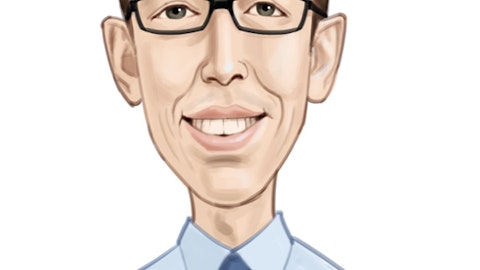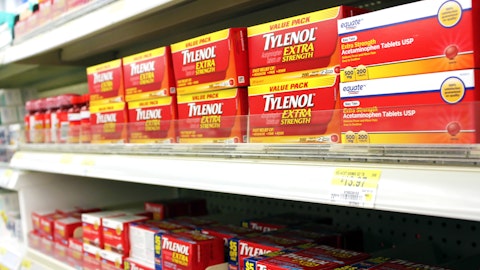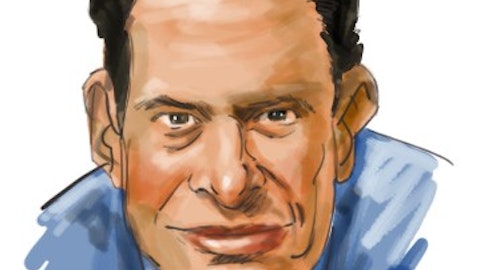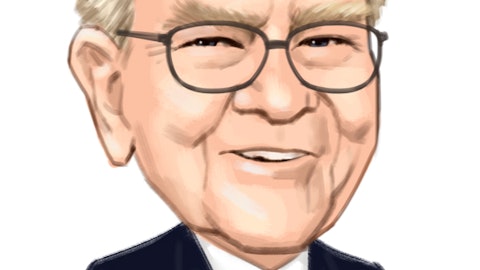The image below shows the 10 year cumulative returns of Johnson & Johnson (NYSE:JNJ) and the S&P 500 (SPY):

Source: Data from Yahoo! Finance
$1.00 invested in Johnson & Johnson on 1/27/2006 is worth $2.33 versus $1.82 for the same investment in SPY (both include reinvested dividends).
A large part of Johnson & Johnson’s outperformance over the last decade is because the stock fell less during the Great Recession (the red bars in the image above).
There are plenty of investments that outperformed Johnson & Johnson over the last decade – but beating the market is nothing to sneeze at.
There’s a hidden value to Johnson & Johnson stock not reflected in its return…
The company is an exceptionally low risk investment. Compare Johnson & Johnson’s stock price standard deviation to that of the S&P 500’s over the last 10 years:
– S&P 500 standard deviation of 20.7%
– Johnson & Johnson standard deviation of 16.3%
It’s true, standard deviation is not real risk, but it is a proxy for risk that is a good predictor of how easy or difficult a stock will be to hold.
The lower the standard deviation, the lower (on average) declines during recessions – and the less likely investors are to panic at the worst possible time.
Johnson & Johnson has delivered greater returns with lower risk as compared to the S&P 500 over the last decade.
That’s a claim few businesses can make.
At the same time, Johnson & Johnson is one of the most popular healthcare stocks among smart money investors. A total of 74 funds among those tracked by Insider Monkey reported long positions in the company with a total value of $3.93 billion as of the end of September, which compares to 78 investors holding stakes worth $4.38 billion in aggregate a quarter earlier. Billionaire Ken Fisher’s Fisher Asset Management held 10.69 million shares of Johnson & Johnson at the end of the third quarter.
Get To Know Johnson & Johnson
Johnson & Johnson was founded in 1886. Since that time, Johnson & Johnson has grown to become the largest health care business in the world.
The company currently has a market cap of nearly $280 billion and generated $17.4 billion in adjusted earnings in fiscal 2015.
Success is nothing new to Johnson & Johnson. The company has paid increasing dividends for 53 consecutive years.

Source: Johnson & Johnson Pharmaceutical Presentation, slide 21
Johnson & Johnson’s long dividend history makes it 1 of 17 Dividend Kings. Dividend Kings are stocks with 50+ consecutive years of dividend increases – twice the minimum amount needed to be a Dividend Aristocrat.
Johnson & Johnson’s consistency comes from its wide diversification within the health care industry.
The company operates in 3 segments. The percentage of total sales each segment generated in fiscal 2015 is shown below:
– The consumer segment generated 19% of total sales
– The pharmaceutical segment generated 45% of total sales
– The medical devices segment generated 36% of total sales
Johnson & Johnson’s diversification within the health care industry provides the company with stable cash flows.
In addition to diversification within the health care industry, Johnson & Johnson is also well diversified globally:
– United States sales were 51% of total sales in fiscal 2015
– Europe sales were 23% of total sales in fiscal 2015
– Asia-Pacific, Africa sales were 18% of total sales in fiscal 2015
– Western Hemisphere (excluding U.S.) sales were 9% of total sales in fiscal 2015





